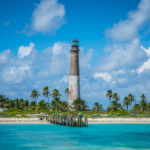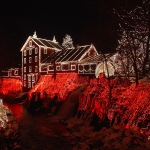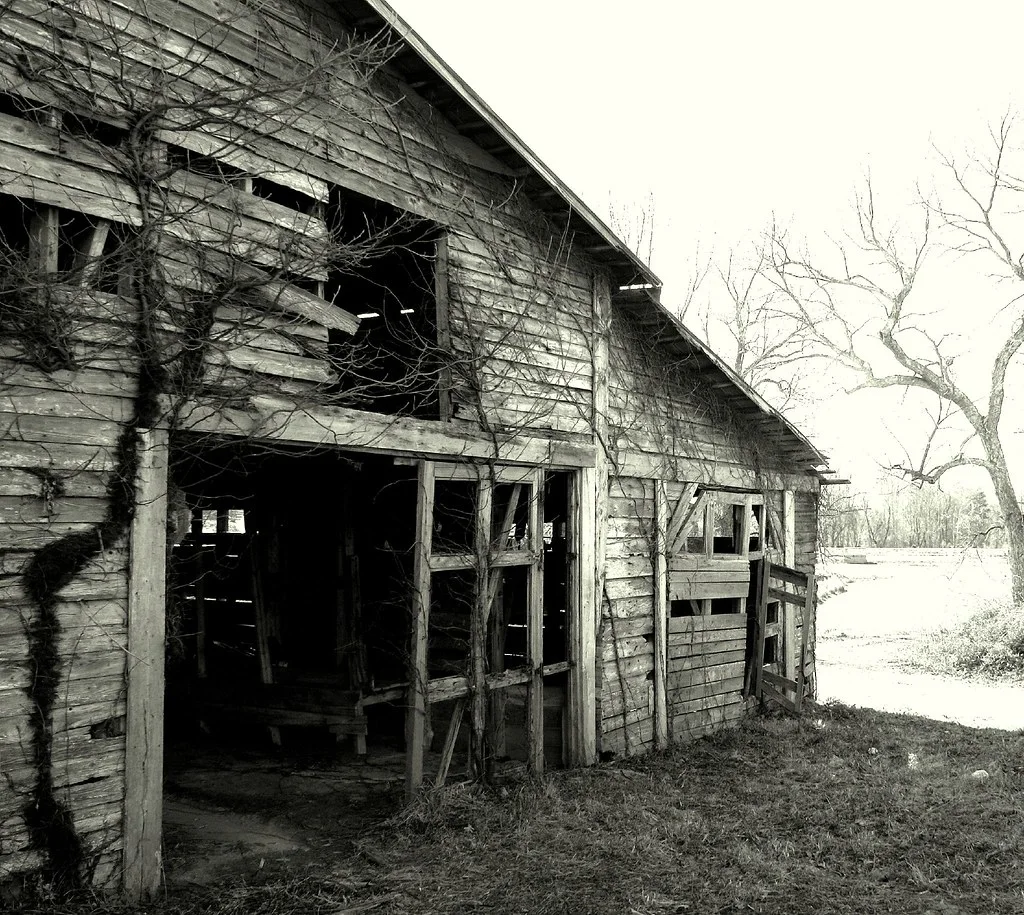
North Carolina has a reputation for its breathtaking roads that stretch across the entire state, offering residents and tourists the chance to experience both mountains and beaches. In addition, the state is notorious for its various eerie destinations that are guaranteed to send chills down your spine.
If you’re looking to go on an adventure exploring creepy abandoned places in North Carolina, this article is perfect for you. We listed the best (and most frightening) abandoned places in the state, including reform schools, hospitals, a speedway, and many more.
Stonewall Jackson Reform School

Located in Concord, this dilapidating building, which once belonged to the infamous Stonewall Jackson Manual Training and Industrial School, is a place that holds an extremely dark past involving the youth.
Established in 1909, Stonewall Jackson served as a place where young juveniles who committed crimes but were too young to be placed in adult prisons were sent. The school was named after Thomas Jonathan “Stonewall” Jackson, a Confederate general during the American Civil War.
In the early days of the reform school’s opening, the administration treated the juveniles fairly. The boys were given formal education and were taught valuable trade skills, including shoe repair, textile work, farming, and metalworking.
Things took a dark turn after the end of World War II. By then, most of the students at the school suffered harsh living conditions and violent beatings.
Accounts from victims mention everything from being locked in closets for hours at a time, being run over by dump trucks, being sexually abused by staff members, to being beaten to the brink of death.
Other accounts also point to physical and mental abuse and the forced sterilization of youths. Juveniles who attempted to call for help or run away from the institution were further abused as punishment.
The school is no longer operational today. However, the rooms are still littered with the remnants of the institution, including abandoned beds and pianos. Some say they hear ghosts in the area.
Bunker Hill Covered Bridge
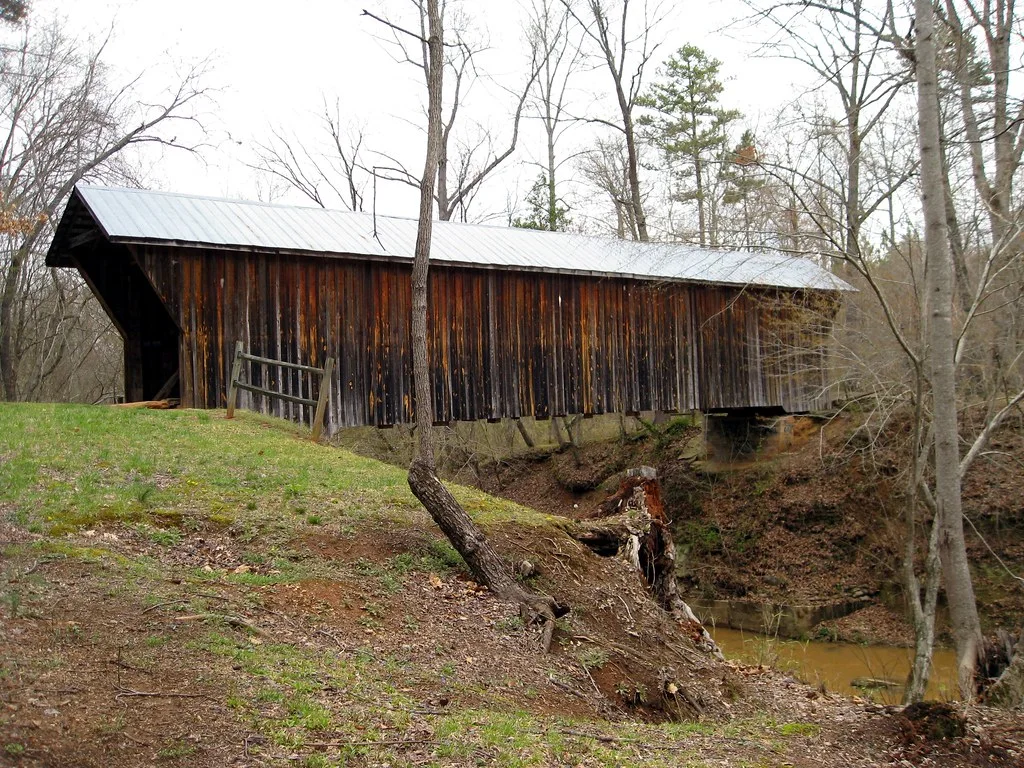
Built in 1895, the Bunker Hill Covered Bridge is one of the only two remaining original covered bridges in North Carolina, based on the Improved Lattice Truss patented by General Herman Haupt.
The bridge was originally been built with an open design, with the cover being erected in 1900 to protect the wood. The bridge carried local traffic over the creek until 1926 when the U.S. Route 70 was constructed. The bridge was then officially closed in the 1940s.
Today, the bridge remains closed. However, a lot of local youth have made it a canvas for their artistic endeavors. Many tourists also visit the historical site.
Brunswick Town
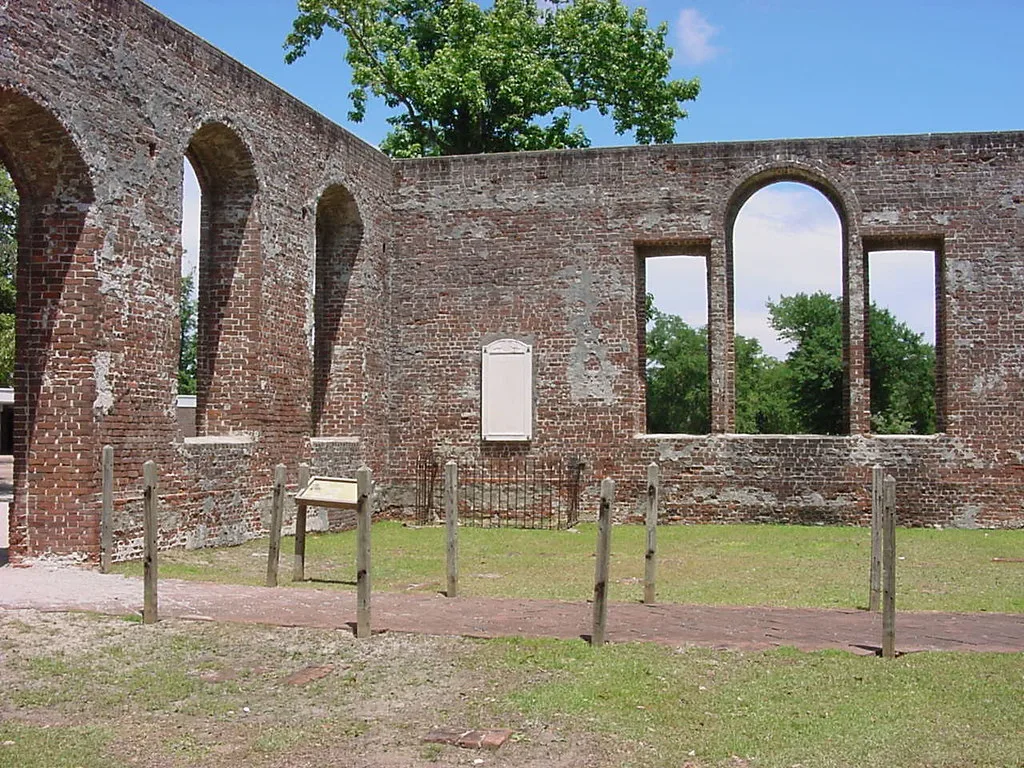
Built before the founding of the United States, Brunswick Town is a ghost town and one of the most historical places in North Carolina. The two is a major pre-Revolutionary port on Cape Fear River that was razed by the British army in 1776 but was never restored or rebuilt.
During the American Civil War, what is now known as Fort Anderson was built atop the old village and served as part of the Cape Fear River defenses until the fall of the Confederacy.
The old foundations of the abandoned Brunswick Town were discovered by archeologists in the late 1950s and early 1960s, with the most visible structure being the hulk of St. Philip’s Anglican Church dating back to 1754. Archeologists also uncovered the foundations of Russeellborough, an old sea captain’s house.
Today, visitors can go to the town’s visitor center where several displays covering the time periods of both the original Brunswick Town and Fort Anderson can be found.
Abandoned Coast Guard Station, Pea Island
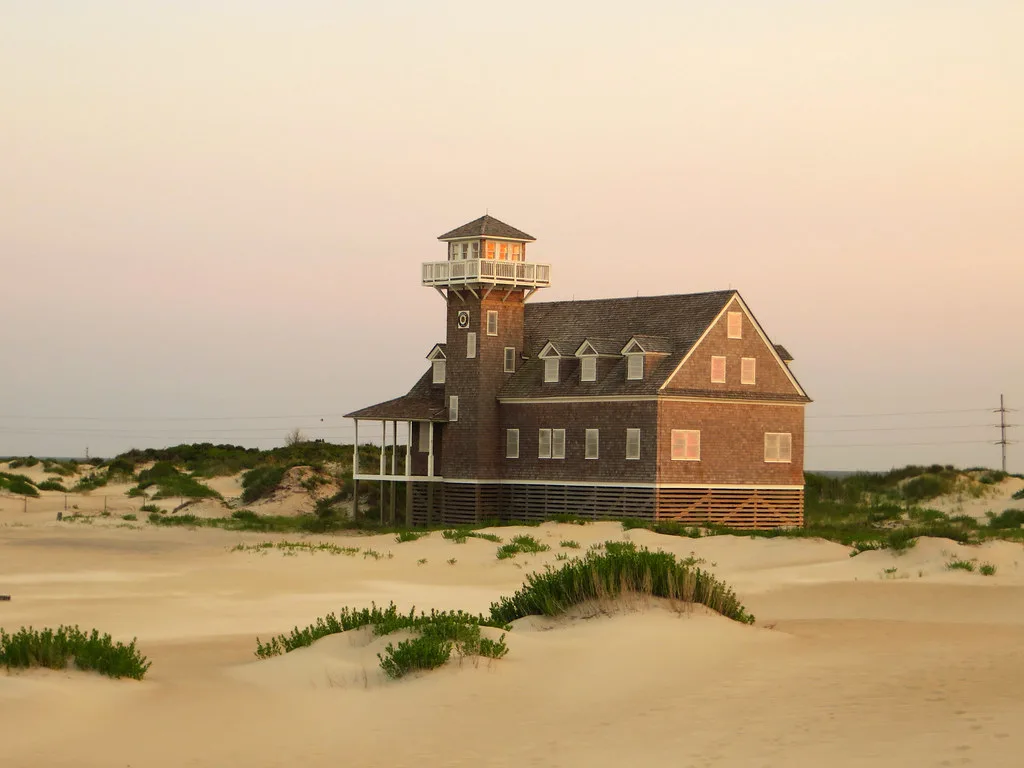
If you’ve ever stopped on the south side of the Bonner Bridge over Oregon Inlet, chances are you may have noticed an abandoned-looking wooden building. That building is the Oregon Inlet Coast Guard Lifesaving Station, built in 1889 and abandoned in 1988.
The rescue station of Pea Island is the site of one of the seven lifesaving stations built on the outer banks. The original Pea Island Station, built in 1874, was destroyed after a current ripped through the inlet and caused the channel to shift. It was then replaced by a new station 400 yards back.
The second station was destroyed in a hurricane in 1897, giving way to the structure we see today, which was built in 1898. The Coast Guard decommissioned the structure in 1988 after the shifting channel and sands became too much to fight.
Henry River Mill Village
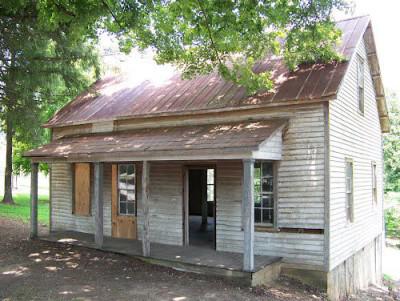
The Henry River Mill Village is perhaps one of the most famous ghost towns in North Carolina. The town served as the location set for District 12 in the movie “The Hunger Games.”
Originally built in 1905, the town served as the home of the Henry River Manufacturing Company, a cotton yarn manufacturer. At the time of its founding, the town had 35 worker houses, a two-story boarding house, a bridge, a brick company store, a power producing dam, and a three-story brick mill building where the yarn was produced.
The town was fully operational between 1905 to 1963. However, economic pressure from overseas led the textile industry to suffer a downward spiral, eventually leading to the mill ceasing operations.
The property was later purchased by Wade R. Sheppard in 1977 before it was burned to the ground by what was believed to be a lightning strike.
Today, visitors can purchase general admission tickets for the chance to tour the abandoned town.
North Wilkesboro Speedway

Located on U.S. Route 421, the North Wilkesboro Speedway is a short oval racetrack that once served several NASCAR races, including the first NASCAR race in the United States. The now-defunct racetrack also hosted nearly 100 Winston Cup Series races since its inception in 1949.
The speedway has not hosted a NASCAR event since 1996. Last year, however, there were plans to renovate the racetrack to host non-NASCAR events. It is unclear when the renovations will finish.
Ghost Town In The Sky
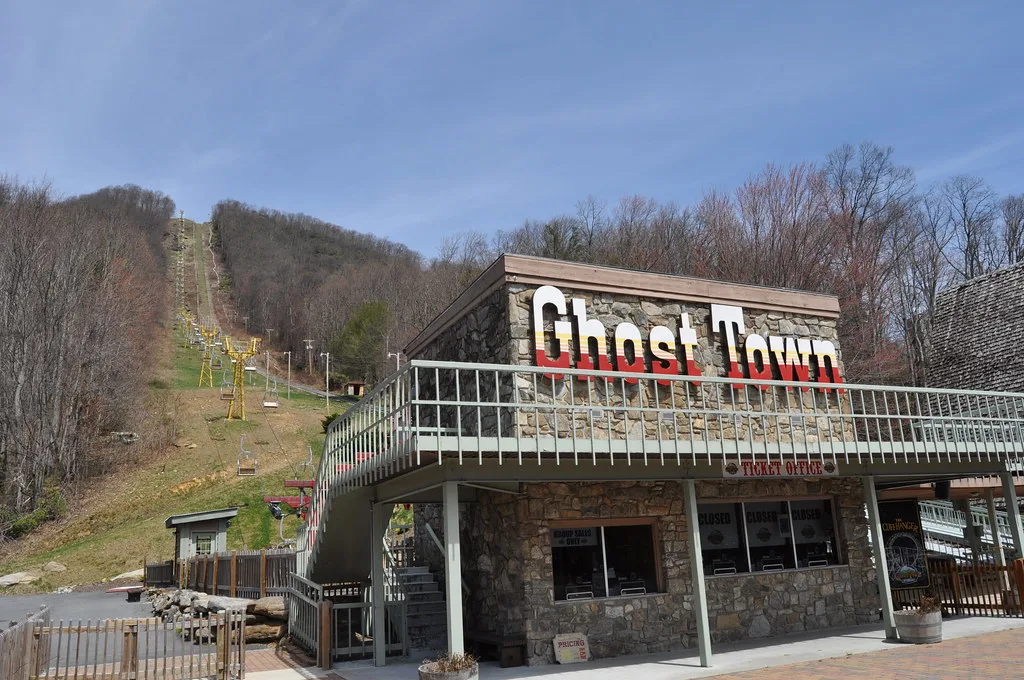
First opened in 1961, Ghost Town in the Sky in Maggie Valley was one of the most popular amusement parks in North Carolina. However, a series of mismanagement and financial difficulties led the park to close in 2002.
Also called Ghost Town Village, the abandoned amusement park was once divided into several “towns,” each following a unique theme, including the Indian Village, Mountain Town, and Mining Town. The most popular section was the Old West section where saloons, can-can dancers, and play gunfights were often seen. In total, the park attracted about 400,000 visitors each season.
Over the years, the amusement park suffered from a lack of maintenance and mismanagement. It eventually closed after a chair lift ride broke down in 2002, leaving passengers stranded for hours under the summer heat.
The park was briefly opened again in 2007 following millions of dollars worth of renovations but was again closed in 2009.
Road to Nowhere
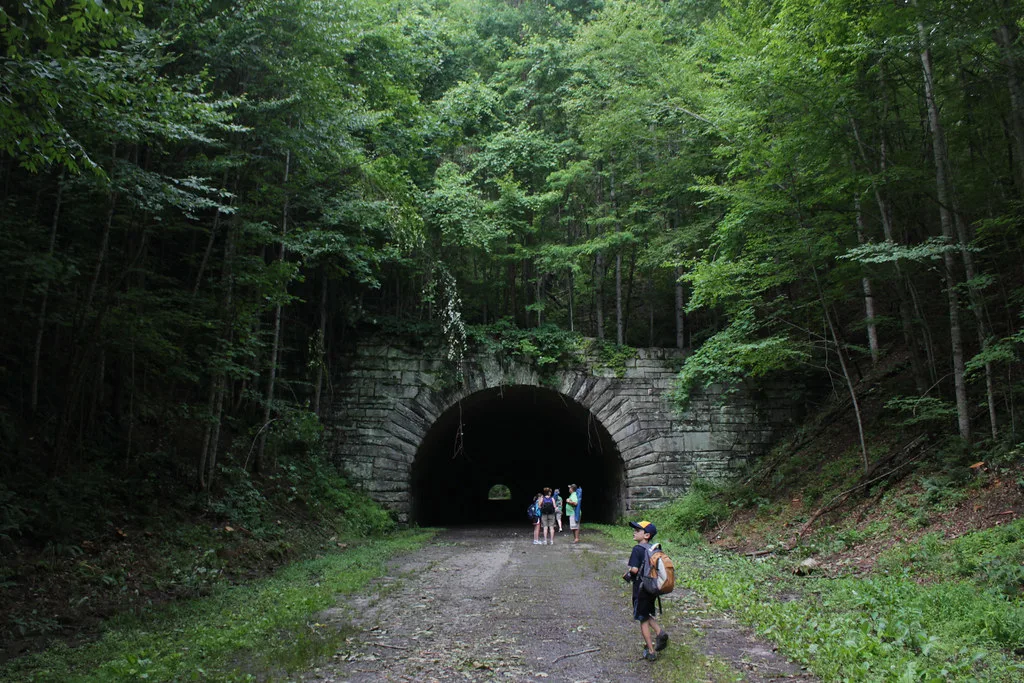
So far, we’ve only listed abandoned buildings throughout North Carolina which makes for great urban exploration. The Road to Nowhere, however, is perhaps the most popular destination on this list.
The Road to Nowhere was first commissioned around the 1940s in an effort to give people who live in what is now Fontana Lake access to their ancestral lands and cemeteries. Over the next 30 years, only a small portion of the road was completed, leading it to end in the middle of nowhere.
The road was never finished due to environmental concerns, specifically, a strong smell of sulfur in the area and an occurrence wherein snowflakes melt unusually quickly on the rocks. These were signs that the rock had the potential to turn runoff acidic, therefore endangering nearby wildlife. The only solution was to stop the construction of the road.


